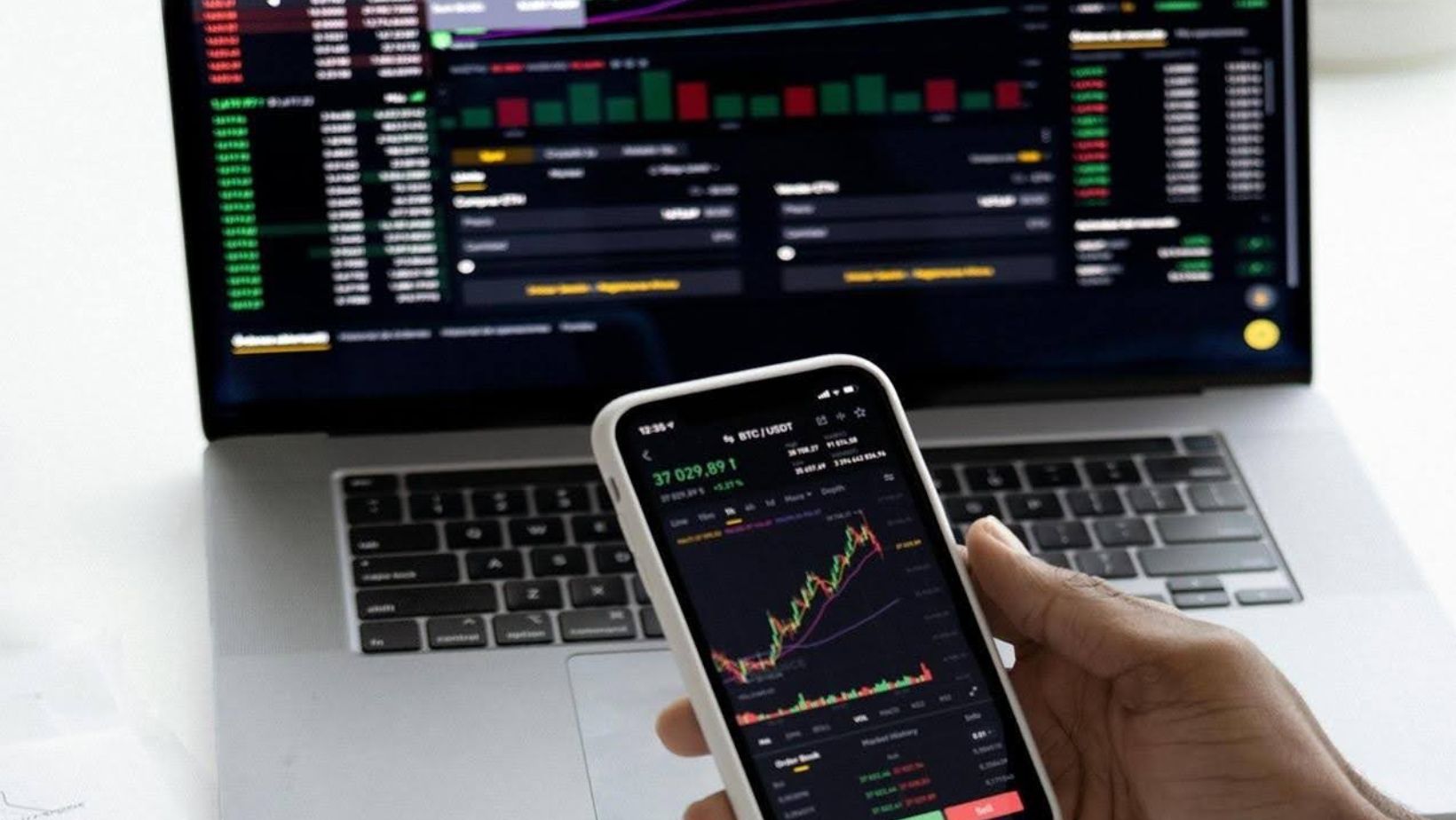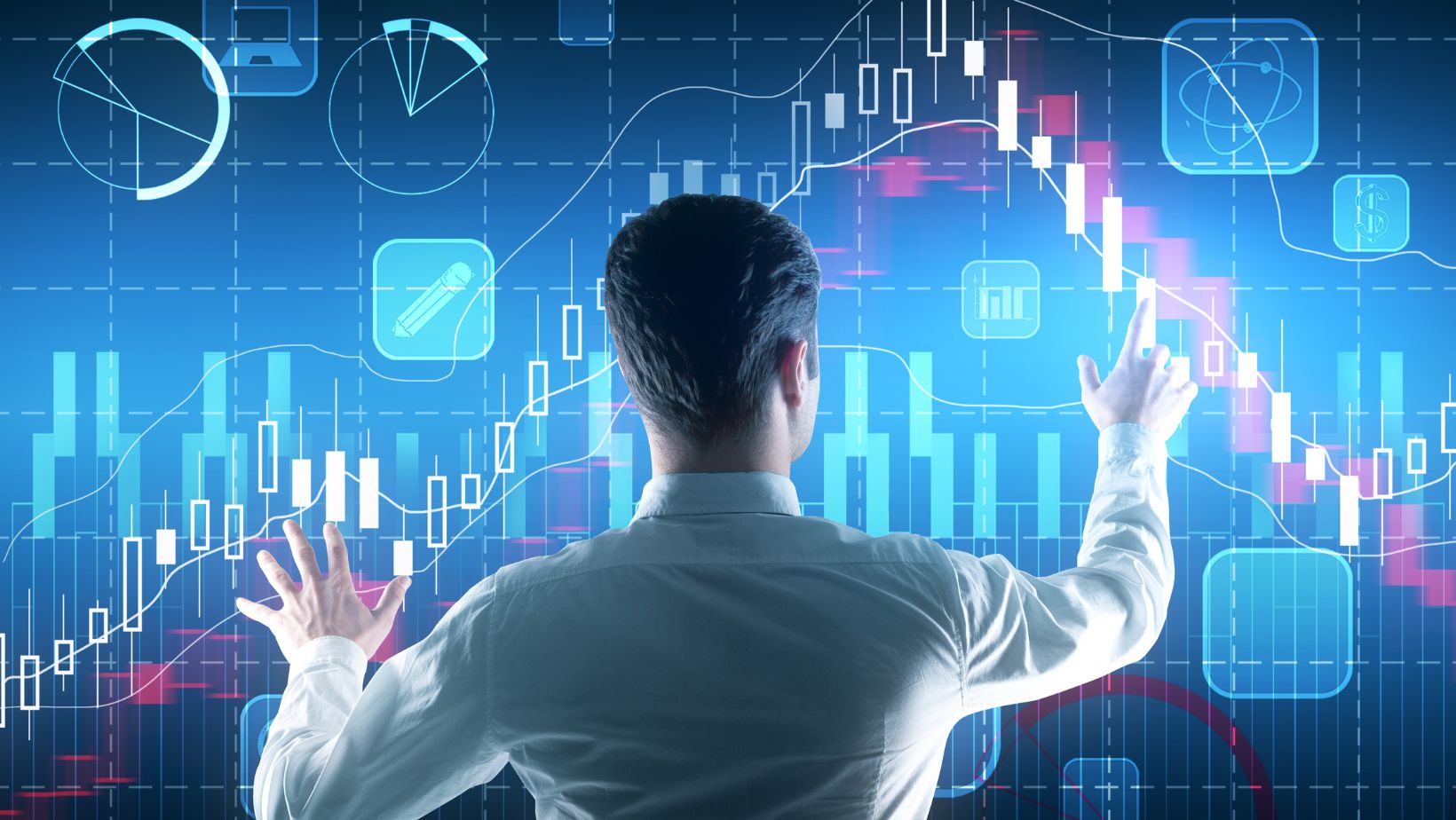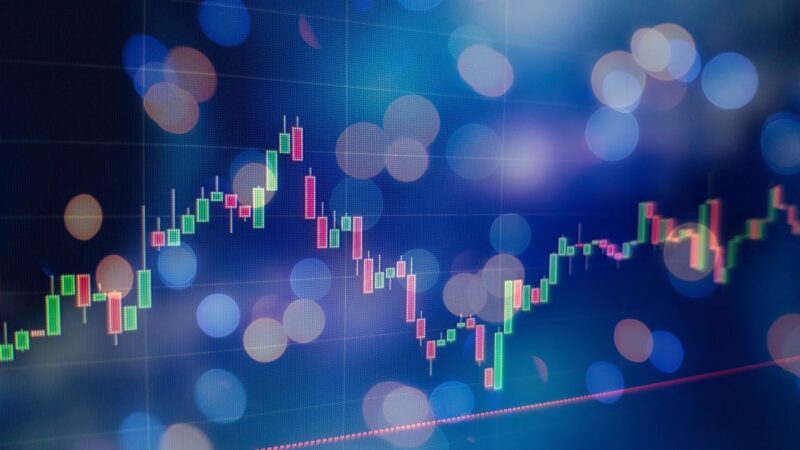
Understanding futures prices is essential for making informed trading decisions. Whether you’re a beginner or have some experience in futures trading, learning to interpret market signals can significantly enhance your strategy.
This article delves into the fundamentals of futures price analysis, offering practical insights and strategies to help elevate your trading performance.
Futures Price Explained
At the core of futures trading is the futures price. But what is it? Simply put, it’s the agreed price at which the buyer will purchase, and the seller will sell, the underlying asset in the future. This price is influenced by factors like the current spot price, interest rates, storage costs, and expectations about future market conditions.
For example, with crude oil futures, the price reflects today’s market price, along with projections about supply, demand, geopolitical factors, and storage costs. Understanding how this price is set helps traders better assess market trends and economic sentiment.
Knowing the futures price explained in this way helps traders evaluate whether contracts are overvalued or undervalued. This insight is critical when deciding whether to go long (buy) or short (sell) on a contract.
Understanding the Basics of Futures Trading
A futures contract is basically an agreement to buy or sell an asset at a specific price on a future date. These assets can be anything from commodities like oil and gold to currency pairs or even financial instruments like stock indexes.
The futures market runs 24/7, with prices constantly changing. Since futures trading is all about speculation, being able to predict price movements is key to making a profit. That’s why learning how to analyze futures prices is so important—it helps you spot market trends and grab opportunities when they come your way.
Key Factors That Influence Futures Prices
Futures prices are influenced by a mix of complex, interconnected factors. Here’s a quick look at some of the key drivers:
Supply and Demand
Like any market, supply and demand play a huge role in determining futures prices. For example, a poor harvest can tighten the supply of corn, leading to higher prices in the futures market. Similarly, a drop in demand for a commodity can push its price lower.
Economic Indicators
Macroeconomic factors such as inflation, interest rates, and GDP growth affect market sentiment. For instance, rising interest rates can impact currency futures or financial asset-based futures like stock index contracts. Keeping an eye on economic data releases is critical.
Seasonality
Certain commodities experience price movements based on seasonal patterns. For example, natural gas futures tend to climb in the winter months due to higher demand for heating.
Geopolitical Events
Events like wars, trade disputes, and policy changes can disrupt markets, often causing significant price swings.
Crude oil futures, for instance, are highly sensitive to geopolitical tensions in oil-producing regions.
Tools and Methods for Futures Price Analysis
Analyzing futures prices involves a mix of technical, fundamental, and sentiment analysis. Each approach adds a different piece to the puzzle.
Technical Analysis
Technical analysis revolves around studying price charts and patterns. Traders use tools like moving averages, trendlines, and indicators such as the Relative Strength Index (RSI) or Bollinger Bands to identify trends and potential reversal points.
For example, if the price of a futures contract is trending above its 50-day moving average, it might signal bullish momentum. Conversely, a drop below key support levels could be seen as a bearish signal.
Fundamental Analysis
Fundamental analysis focuses on the underlying factors affecting an asset. For commodity futures, this could mean analyzing weather conditions, crop reports, or inventory data. When trading financial futures, you might evaluate earnings reports, monetary policy announcements, or global economic conditions.
A sound understanding of fundamentals provides a long-term perspective that complements the short-term insights gained through technical analysis.
Sentiment Analysis
Sentiment analysis gauges the emotional tone of the market. Are investors generally bullish (optimistic) or bearish (pessimistic)? A good way to track sentiment is through news headlines, social media chatter, or tools like the Commitment of Traders (COT) report, which shows the positions held by large speculators and commercial traders.
Final Thoughts
Analyzing futures prices is both an art and a science. By understanding what influences futures prices and using strategies like technical and fundamental analysis, you can make smarter trading decisions.

More importantly, continually refining your skills and staying informed will ensure you remain ahead in this dynamic marketplace. Whether you’re trading to hedge risks or speculate for profit, a strong grasp of analysis techniques will go a long way in improving your results.



